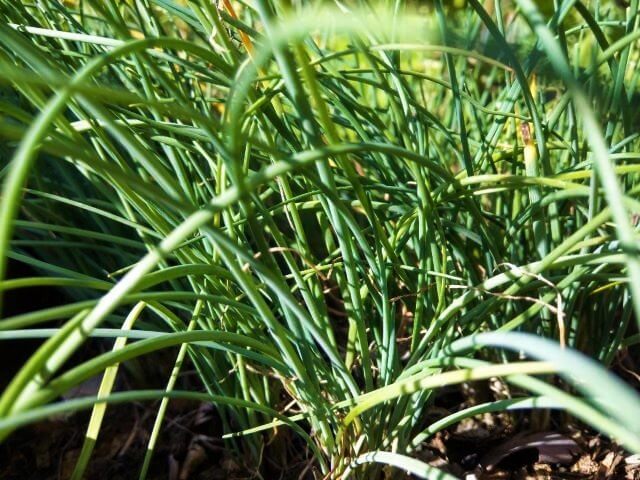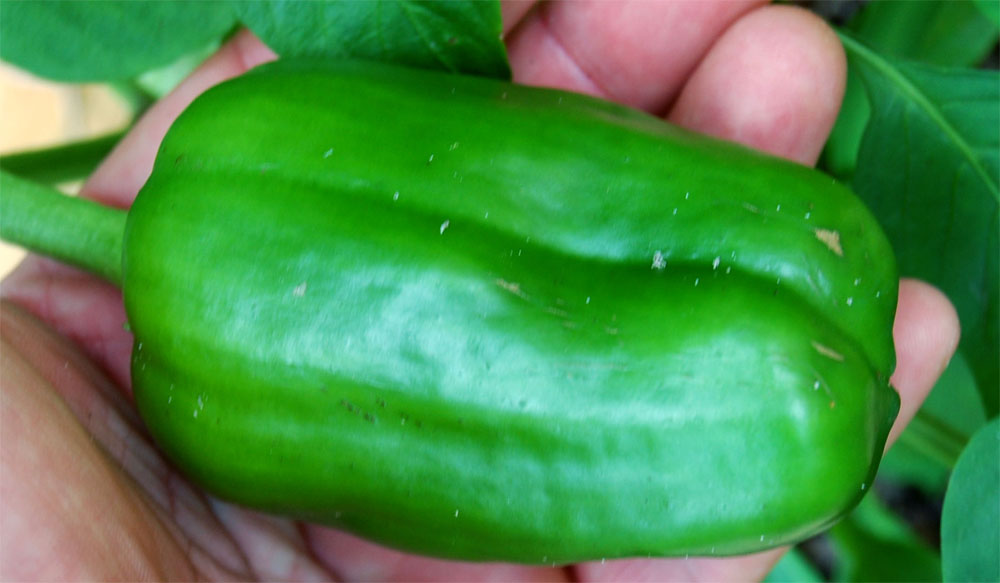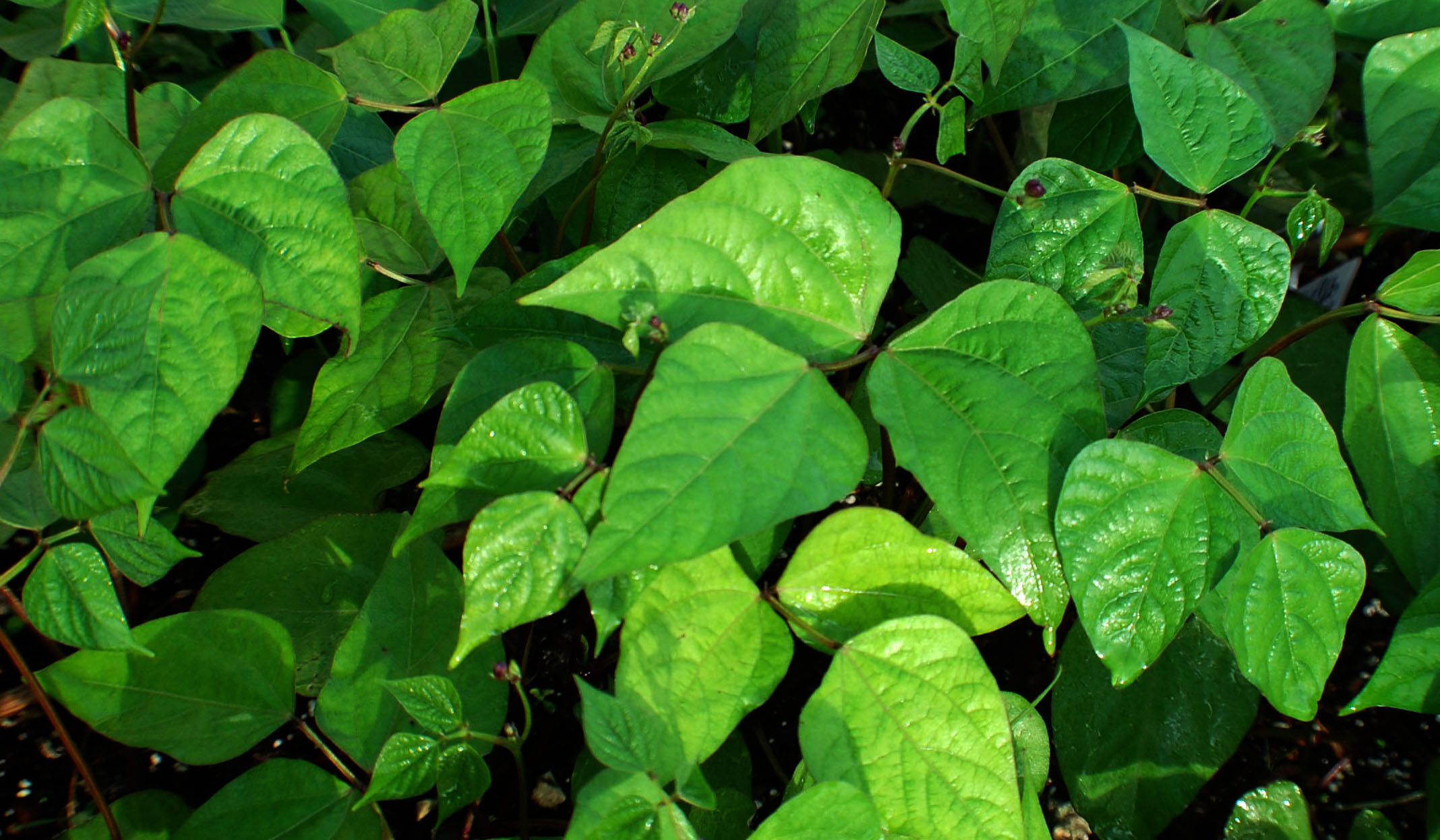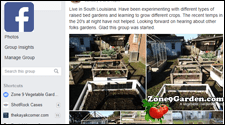Chives are a perennial herb, closely related to onions, garlic, and leeks. They are easy to grow, require little maintenance, and provide an abundance of flavorful green stalks for use in a variety of dishes. Chives are hardy in USDA Hardiness Zone 9, which covers parts of California, the Southwest, and the Gulf Coast. In this article, we will discuss the basics of growing chives in zone 9 and provide tips for maximizing their growth and potential.
What are the Soil for Growing Chives?
Chives are undemanding:
Chives grow best in rich, well-draining soil with a pH between 6.0 and 7.5. If your soil is too acidic or alkaline, you can amend it with lime or sulfur, respectively. It is also important to make sure that the soil is free of weeds and debris, as chives are susceptible to competition from other plants. If your soil is compacted, you can mix in some organic matter, such as compost or aged animal manure, to improve drainage and aeration.
What Light is Required for Growing Chives?
Chives like direct sun:
Chives need at least six hours of direct sunlight per day in order to grow and thrive. If your garden does not receive enough sunlight, you can supplement with artificial lighting. If you are growing chives indoors, make sure to place them near a south-facing window to ensure they get enough light.
What are the Water Requirements for Chives?
Chives like regular watering:
Chives need to be watered regularly to ensure that the soil remains moist but not soggy. During the summer months, chives may need to be watered once or twice per week, depending on the temperature and humidity. During the winter months, water them less frequently, as the soil tends to stay moist for longer periods of time.
What type of Fertilizer do Chives require?
Chives are fairly undemanding when it comes to fertilization:
Chives do not require a lot of fertilization, but they will benefit from an occasional application of a balanced fertilizer. A 10-10-10 fertilizer can be applied twice a year, in the spring and fall, to promote healthy growth and provide essential nutrients.
When is the best time to Harvest Chives
Chives can be harvested early and often:
Chives can be harvested as soon as they reach six inches in height. To harvest, simply snip off individual stalks at the base with scissors or a sharp knife. Chives can be harvested multiple times throughout the growing season, but be sure to leave at least two inches of growth after each harvest.
What are the Pests and Diseases for Chives
Chives are fairly resistant, but there are a few pests that can affect them:
Chives are generally resistant to pests and diseases, but they can be affected by aphids, mites, and root-knot nematodes. If you notice any signs of infestation, you can treat the plants with an insecticidal soap or neem oil. As for diseases, chives are susceptible to fungal infections such as root rot and blight. To prevent these diseases, make sure to water the plants at the base of the stem and avoid getting the leaves wet.
With proper care and maintenance, chives can be a great addition to your garden in USDA Hardiness Zone 9. These tasty herbs are easy to grow and provide a flavorful addition to many dishes. Plus, they require minimal maintenance, making them an ideal choice for beginning gardeners. So, if you’re looking for an herb to add some flavor to your cooking, give chives a try.






